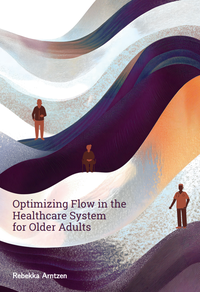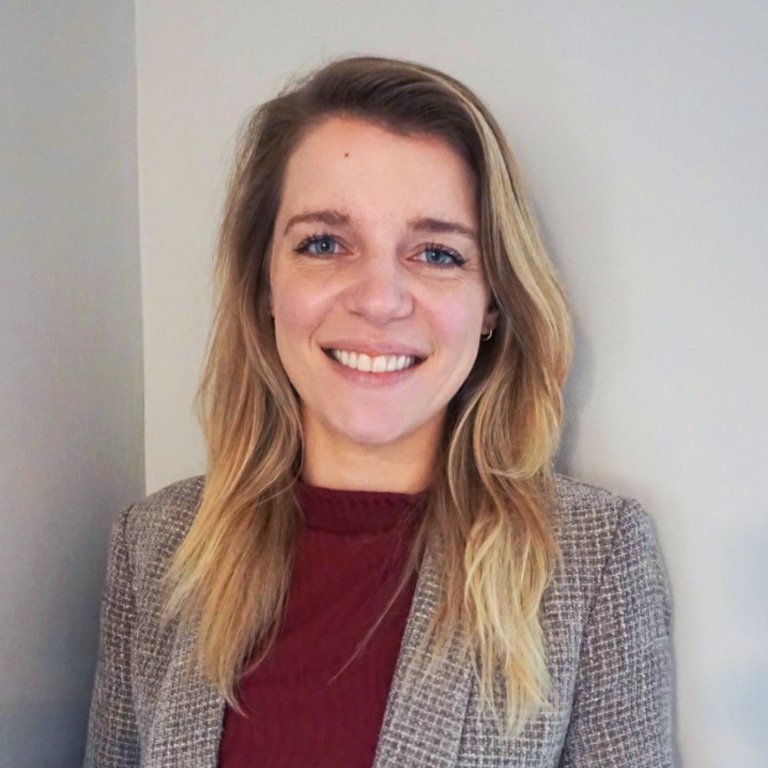The Netherlands is ageing: by 2040, 45% of the population will be aged 65 or older. Moreover, people are living longer. Combined with a shortage of healthcare staff, this leads to increasing waiting times. Rebekka Arntzen's PhD research at Vrije Universiteit focuses on mathematical models that allocate the limited available places in nursing homes more efficiently.
Managing Waiting Lists More Effectively
Under the current system, each institution has its own waiting list, Arntzen explains. An older adult can only be on one waiting list at a time, with urgency categories determining their position. “At present, no one has an overview of all the waiting lists. For older adults, it is impossible to switch queues, as one might in a supermarket, if another queue is moving faster. This lack of flexibility is a missed opportunity.”
The new model consolidates all waiting lists, accounts for urgency and personal preferences, and rewards flexibility. Arntzen states: “If you insist on a specific nursing home, you can do so, but you may have to wait longer. If you specify multiple preferences, the waiting time can be halved, according to simulations.”
Acute Elderly Care
In addition to long-term care, Arntzen also focused on acute elderly care. She developed a simulation model that provides insight into patient movements between different healthcare institutions. The surprising conclusion: there are enough places available, but older adults who require short-term care often do not end up in the right place. “This leads to a decline in their health and an increased need for care,” Arntzen explains.
The issue lies in admission capacity, particularly outside office hours. Institutions often have fewer staff available during these times, resulting in older adults being unnecessarily admitted to hospitals. Arntzen calculated solutions and discovered that regional collaboration is key. “If primary care facilities in a region take turns handling evening and weekend admissions, patients can be admitted outside office hours without each institution having to staff additional personnel every weekend.”
Broader Applications
Could these models be used in other areas of healthcare? Absolutely, says Arntzen. She expanded the nursing home model to mental healthcare (GGZ), where complex placement criteria apply. “In mental healthcare, there are far more restrictions on placements compared to elderly care. How many hours of care does someone need, and what type? Do they fit in with the other residents? This makes the puzzle significantly more complex. To efficiently place even the ‘difficult’ cases, a more sophisticated mathematical model was required.”
Implementing these mathematical models would make healthcare both more efficient and more humane, Arntzen asserts. However, this requires significant structural changes. A central organisation is needed to manage all waiting lists, and healthcare organisations must collaborate at a regional level.
Dolce Vita
Rebekka Arntzen's PhD thesis is titled Optimising Flow in the Healthcare System for Older Adults. Her research is part of the NWO project Data-Driven Optimisation for a Vital Elderly Care System in the Netherlands (DOLCE VITA). This project is a collaboration between mathematicians and geriatric specialists. Participating institutions include CWI, Amsterdam UMC, Vrije Universiteit Amsterdam, and SIGRA, the umbrella organisation for healthcare providers in Amsterdam. Other partners include general practitioners’ associations and health insurers.


